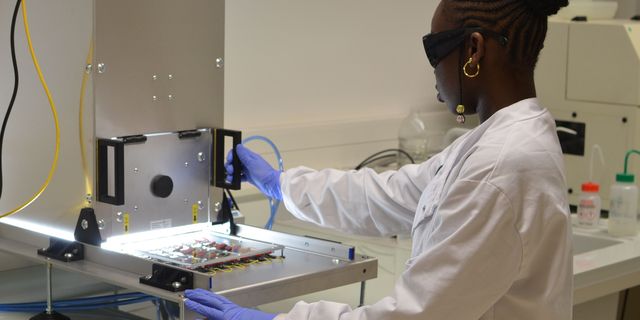In Silico Formation of Polyphosphazene Networks Based on Phloroglucinol (Phg) and Hexachlorocyclotriphosphazene (HCCP): Structural and Mechanical Properties as a Function of the Phg:HCCP Ratio
par Sylvie NEYERTZ, Méryll BARRACO, Nieck E. BENES et David BROWN



